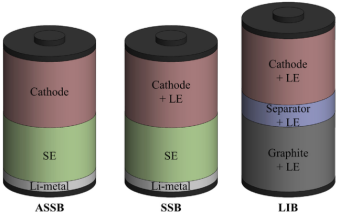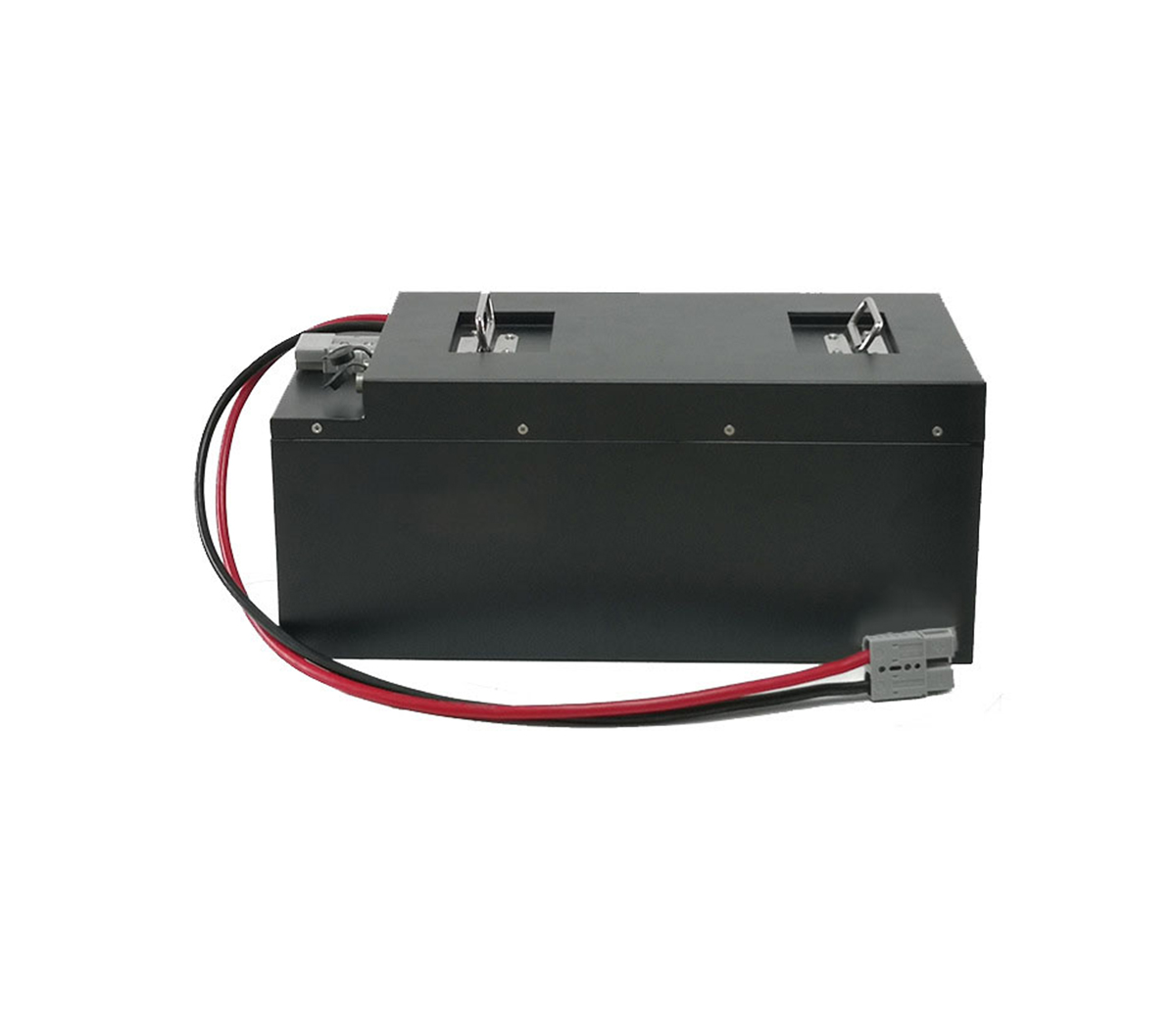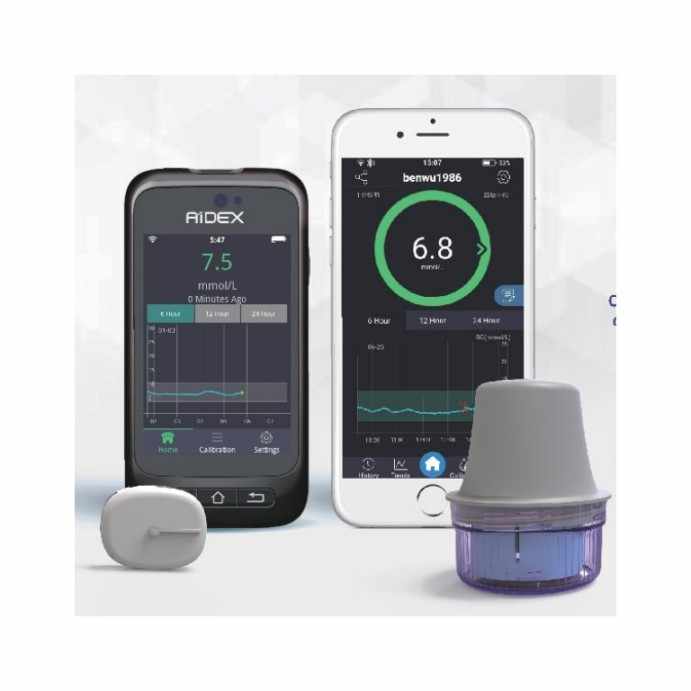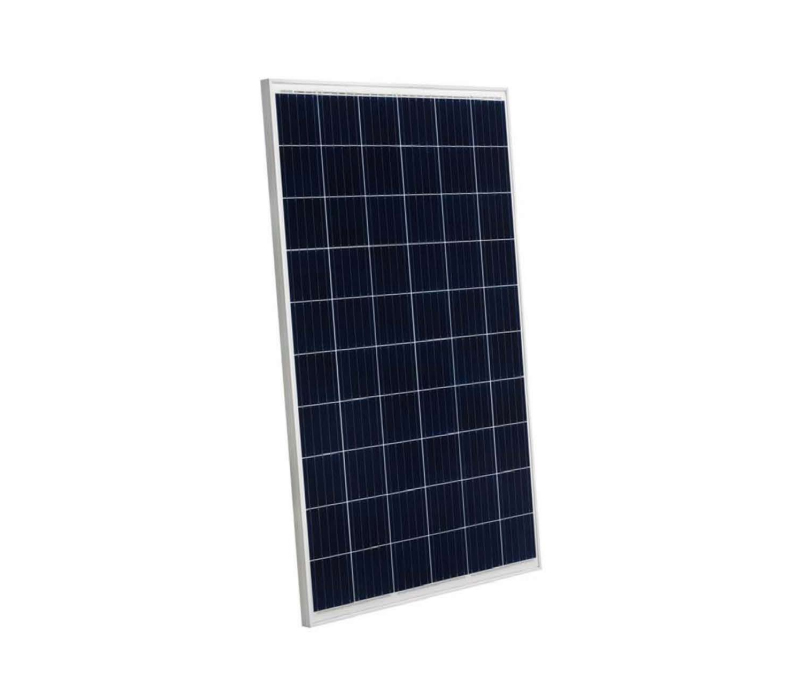SES Power: Are solid-state batteries safer than traditional lithium-ion batteries?
A series of battery fire incidents in recent years have sparked discussions about the safety of lithium-ion batteries. One of the possible solutions is to replace the volatile and flammable liquid electrolyte with a non-flammable solid electrolyte. The safety advantages of such solid-state electrolytes have been widely recognized. However, the safety of lithium metal anode solid-state batteries with high energy density has not been rigorously evaluated.
SES Power is also very concerned about solid-state batteries, because this technology can subvert the R&D and production concept of lithium batteries that has lasted for nearly three decades. The technical innovation of solid-state batteries is that the liquid electrolyte inside the lithium battery is cancelled, which can improve the capacity-to-volume ratio, fast charge and discharge, and improve safety. From this point of view, all-solid-state batteries should be safer than traditional lithium-ion batteries. But is this really the case? Let's see what researchers from the U.S. Department of Energy have to say.
U.S. Department of Energy National Laboratory Alex M. Bates et al. used the first thermodynamic model to quantitatively evaluate the heat release of solid-state and lithium-ion batteries under several failure scenarios.

The solid electrolyte in the solid-state battery is Li7La3Zr2O12. A small amount of liquid electrolyte was added between the solid electrolyte and the positive electrode to improve the interface impedance.
The results show that short-circuited all-solid-state batteries have significantly higher temperatures than conventional lithium-ion batteries, and the release of this heat could lead to fires through flammable packaging or other nearby materials.
The results were published in the top international journal "Joule".
This paper considers three failure modes:
1. Thermal runaway caused by external heat sources;
2. Internal short circuit (short circuit caused by lithium dendrites);
3. Mechanical failure of solid electrolytes.

(All Solid State (ASSB), Solid State (SSB), Traditional Lithium Ion (LIB) battery configurations)
Among them, the ASSB does not contain any liquid electrolyte, the positive side of the SSB contains a small amount of liquid electrolyte, the liquid electrolyte (LE) solvent is ethyl methyl carbonate (EMC), and the positive electrode is LiNi0.33Mn0.33Co0.33O2 (NMC111).
In failure mode A, SSB with a small amount of LE added generates more heat than ASSB, but still much less than LIB. For SSB, when the volume fraction is higher than 0.125, the O2 generated from the cathode has fully reacted with LE, forming a platform. Since LE reacts with anode Li, the volume fraction of LIB will have a plateau at 0.3. Notably, since the oxygen loss from NMC is endothermic, the heat release is negligible when the volume fraction of LE is less than 0.08. In other runaway modes, ASSB and SSB are no safer than LIB. The heat release for the short-circuit failure mode is the same in ASSB, SSB and LIB. In failure mode C, the heat release of the reaction can be enormous.

(comparison of volume and mass heat release)

(Potential warming based on battery type and energy density)
The author uses a thermodynamic model to analyze the problem, and we can draw the following conclusions:
1. While solid-state batteries are safer in external heating failure mode, ASSBs are not necessarily safer than LIBs in the event of a short circuit or compromised SE integrity.
2. Short circuit is a common problem for ASSBs because Li dendrites can grow through SE and reach the cathode. As the SE becomes thinner, the ability to prevent dendrite growth decreases further.
3. The present work shows that the evolution of energy density, SE thickness and cell design affects potential safety issues.
4. LEs with less than 10% volume fraction on the positive side may offer the best choice between cost, manufacturability, performance, and thermal runaway.
5. With the pursuit of higher energy density, the maximum temperature at failure will increase, which will have a significant impact on safety.
SES Power has its own unique understanding of lithium batteries because we are a lithium battery manufacturer with nearly two decades of experience. We are very much looking forward to the maturity of solid-state battery technology, even if we use EVE, CATL, BYD square aluminum-shell lithium iron phosphate cells to make 12V100ah for UPS, data centers, energy storage systems, power systems, photovoltaic power generation, electric motors and other occasions , 24V100AH, 36V100ah, 48V100Ah battery pack, but it must be admitted that the increase in the capacity of a single lithium battery will still increase the safety risk, even if the products are already used by top lithium battery manufacturers.
In addition, solid-state batteries can extend the performance of lithium batteries in different environments. Even if SES Power has a lithium iron phosphate battery pack that can work normally at -40 degrees Celsius, the cost is the difficulty of promotion. If our 26650 lithium iron phosphate batteries can use solid-state battery technology, the capacity will increase by 30%, but the cost will not increase significantly.






































